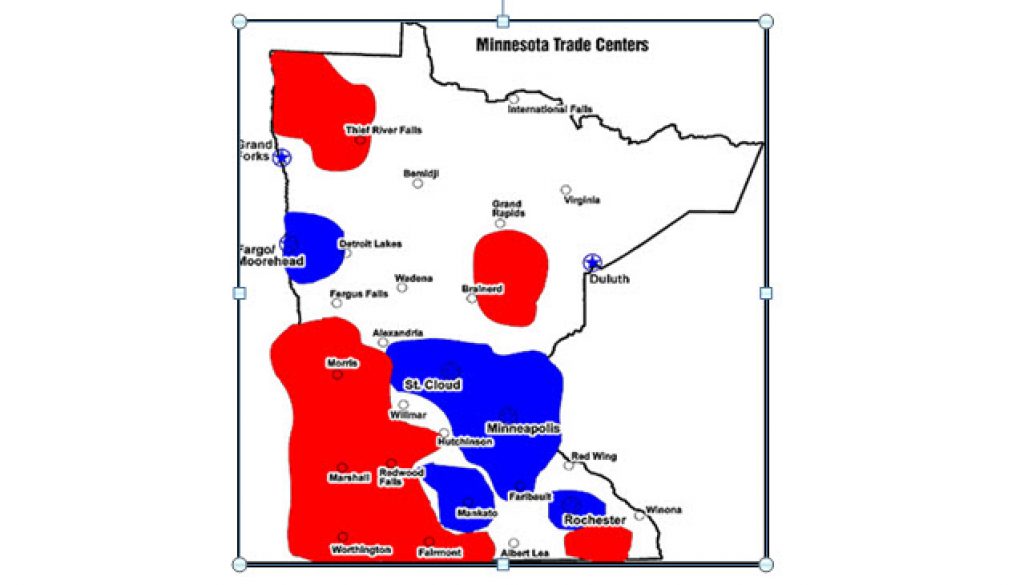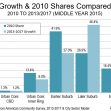Ensuring Equal Access to Technology
Providing Broadband Access without the Suite of Telecommuting Applications is like building a freeway without an access ramp. Of course it is fundamental that equal access to technology begins with access to bandwidth and over these past years a lot of fiber has been installed…yet the digital divide remains. Have you ever asked why?
The Government reduced the market to unacceptable levels
The first round of rural bandwidth was provided to government offices on their proprietary system. This was followed by providing access to the hospitals, schools and libraries. This was a very tactical approach that left the community in an even worse position. Large employers and institutions had little choice but to acquire their own direct service In order to provide broadband service the private sector must have a large enough market to afford their investment. When you remove the largest employers/users in a community you have lowered the threshold for many communities such that main street alone cannot support the investment.Most small towns will never support access based upon this approach. Relying on federal grants without a community-focused approach actually weakens the process even further. It is about critical mass to acquire broadband and a critical mass of applications that will pay for the system.
(SUBTITLE2)Sadly, many communities believe that access to the Internet is the end game. It is not. The number one issue for long term viability for most communities is restoring a sustainable population. Minnesota plotted the sad reality years ago as the first graphic illustrates. The red areas are those communities in which the population can no longer sustain itself; the blue areas are health and the white areas are undecided.

The second graphic compares a totally rural group of counties (green) with the seven county metropolitan area (beige). The difference in the percentages of child bearing age individuals as well as the aging population can be only interpreted in one way. Without in-migration of young nextparents, these communities will continue to dwindle. And as they dwindle, the larger communities which they support as customers and workers will suffer as well.
The approach must be three-fold. Systems, Applications and Advocacy
The rural challenge is to complete two critical tasks, First, get the systems into the community for mainstreet and others, but second, and just as important is to create a technologic and community environment that will retain the communities youth and then to attract young families. The full Suite of Telecommuting Applications must be acquired. Unfortunately that takes a large scale systems approach and Tele-Health, Telework, e-Training, e-Commerce, Distance Learning and all of the other applications that provide these opportunities to enhance the services available in a community continue to be implemented slowly and piecemeal or it is outright ignored. The Internet is critical but it is only part of the answer.
The Smart Region approach embraces the SoTA
As in most complex challenges, the community is its own solution. If the Smart Region can gain participation from a critical mass of its Trade Centers, they could collaborate in the implementation of the Community TeleCenter Network, they could advocate for SOTA and extend the Internet and these services to the smaller communities in their service areas. With electronic access to all the services an urban couple may require, those with the desire can relocate to rural areas.
Coming up in our next post:
The Community Dialogue Process and Recommendations
Things you can do …
- Read my book: “Slaying the Status Quo”
- Share what you think are the problems we face and how they can be addressed.
- Respond to this post with a comment below.
- Contact me John Sanger by email or phone 651-486-8408
 SmartRegions.US is a community-driven strategy for restoring neighborhood viability by integrating rural-urban economies.
SmartRegions.US is a community-driven strategy for restoring neighborhood viability by integrating rural-urban economies.




